| |
CETL | Canvas | AI Guide | Course Design | Online | Software | Workshops
Student Success Conference
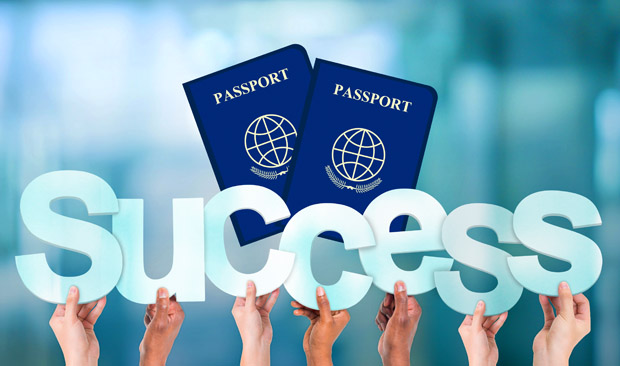
High Impact Practices: A Passport to Success
Sponsored by the Vice Provost for Academic Initiatives, the Center for Excellence in Teaching and Learning, and Vandal Success
All faculty, staff, students, and leaders are invited to attend this event, strategically timed to provide resources and opportunities to make a difference this year!
Together, we will explore how High Impact Practices, Engaged Learning Experiences, and a robust network of faculty and staff provide a Passport to Student Success. Participants will contribute to and leave with a blueprint for success!
Student Success - Innovation Inventory
What does student success look like?
|
self-sufficient
thirst for knowledge
academic success
resourceful
engaged in life
future without debt
productive adult |
competent professional
excellent communicator
innovative
self-assured
transformative growth
maximizes potential
versatile
|
contributor to society
pursues passions
strong social skills
sense of belonging
self-motivated
sense of fulfillment
achieving life goals
|
graduation
self-aware
resilient
sense of purpose
global vision
self-advocate
empowered
|
Encourage student success by providing . . .
|
sense of belonging
resources
fairness
guidance
empathy
help
open-door policies |
metrics
friendliness
support
understanding
choices
insights
clear expectations
|
opportunities
honest communication
connection opportunities
authentic assessment
learner-centered work
encouragement
problem-based learning
|
peer tutoring
advice
new experiences
timely feedback
mentoring
validation
transparency
|
Support Strategies
Top innovative ideas and signature strategies envisioned. These ideas were generated during the Student Success Conferences.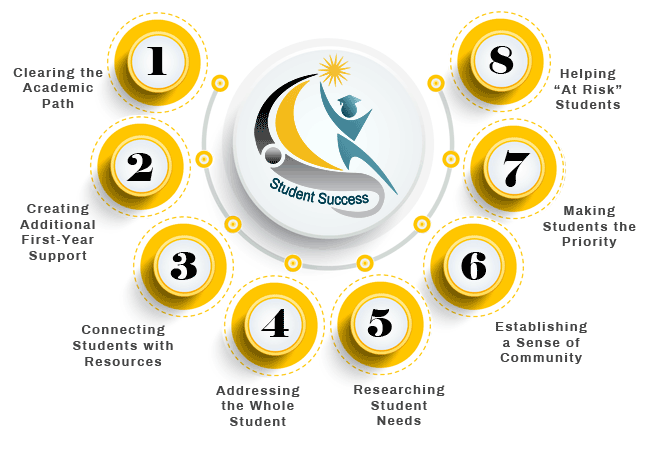

Clearing the Academic Path
|
Restructure the curriculum to help students successfully navigate higher education and reduce DFW rates by:
- Fostering faculty and staff commitment toward educating the holistic student / person. Promote a campus culture in which teaching/student success is a priority. Change the conversation at the university level and also change the internal conversation of students. Foster buy-in for the "self-growth for all" mindset.
- Giving students the ability to navigate Higher Ed
by broadening the long view and orientation of the first-year experience. Remove Major Designations until the second year. Revamp / redesign ISEM 101 to cover basic life skills like: well-being, belonging, metacognition, experiential learning, literacy, mindfulness, mental & physical health. Also include topics like general education, financial aid, advising, campus activities, career center, Canvas. Ask faculty to develop and share teaching tips in support of student success.
- Embedding vision of holistic student development throughout curriculum and co-curriculum.
Steps: a)
Identify the key skills (cognitive, social, affective, psychomotor), b) Develop ways to grow those skills - assignments, teaching etc., c) Determine ways to measure learning outcomes, d) review University Learning Outcomes, e) partner with staff to determine ways to develop skills, longstanding partnership, f) increase persistence of students & employees, g) cultivate character to have successful rhythm in life - resilience & self-efficacy.
- Enriching the curriculum by implementing best practices such as adding open-ended assignments & reflections.
- Holding mid-program update sessions.
|
|

Creating Additional First-Year Support |
Increase support offered to students "new-to-our-campus" to help them acclimate by:
- Offering an Introductory class - 4-wk/1 credit class/referral.
- Offering a Preparedness course - 8 weeks, 1 credit for those who drop/withdrawal from a course & may fall below 12 credits.
- Offering a "How to College" half-semester course for students who withdraw from a course. Help them gain the skills & connections for a successful college experience. Also build it to provide a few needed credits.
- Offering a First-year Experience course to cover how to navigate the university resources and how to survive in the various academic programs.
- Offering a College 101 course in for each department with first 8 weeks standard college success strategies (INTR 101) and second 8 weeks as individualized degree/department specifics for navigating that field/discipline.
- Offering a year-long cohort system to reinvent the first-year experience by taking a transformational holistic approach. Implement transformational track with first-year student cohorts in a course through year four. Compulsory first-year seminar and 1-credit student developmental "transformation track": trauma-informed, activate identity, shame resilience (empathize), and mindfulness.
- Requiring students pass a college readiness test before being accepted to the University of Idaho.
- Improving outreach to low-income first-generation students.
- Offering a first-generation college student experience class: ISEM101.
- Providing a transition course for transfer students.
- Adopting a policy requiring freshmen to live on campus to help them connect with people and campus community.
|
|

Connecting Students with Resources
|
Make a greater effort to amplify and encourage the usage of resources and services we already provide by:
- Building a greater awareness of the tools that exist by providing communication and marketing for existing student support services (e.g. VandalStar).
Communicate with students via the method they wish to receive info (text, SnapChat, Instagram). Build in a reward system for using the available support programs. Get Faculty involved by adding info to their syllabus and talking about available resources on the 1st day of class.
- Building a resource finder. An online searchable database of student support resources so students can find brief solutions to their questions and who to see for more detailed information/support.
It will be similar to degree and career finder such that students can type in concerns & find links to resources based on key words. It should be driven by student needs and perspectives.
- Giving students a seat at the table. Review resources, opportunities, and websites through the eyes of the students. Ask students for the best ways to deliver resources to them.
- Providing digital passports for student engagement with events and programs on campus.
- Fixing inconsistencies with our existing student support.
- Generating career development and academic success materials to handout.
- Providing a dedicated space to house student resources.
- Integrating our software platforms: Banner Navigation, Banner workflow, VandalWeb, VandalStar, Canvas, MS Teams, Zoom.
|
|

Addressing the Whole Student
|
The purpose of a university is to change lives. Create a culture-shift toward a holistic vision of student development. Help students clarify their purpose and perspective by:
- Helping students understand what college is for.
- Clarifying what the student experience will be like.
- Acclimating students to the academy.
- Collaborating with high schools to enhance the go-on rate.
- Focusing on parallel tracks: academic and well-being.
- Providing the opportunity for students to know what to do.
- Allowing students to explore majors in a safe/low stakes way.
- Providing more experiential learning opportunities.
- Asking the question: "Career goals vs liberal arts?"
- Helping students realize their potential and providing them with tools to reach their potential.
- Helping students develop a transition plan from graduation to career.
|
|

Researching Student Needs |
Survey existing & exiting students for insights by:
- Using focus groups to learn what students want & need and how they define success: by college, 1st generation, seniors, post-graduation.
- Using focus groups to identify barriers to success. Talking with former students who "almost made it" and pinning down some of the reasons that they did not.
- Engaging with students in their department to find out what they need from their academic community.
- Conducting exit interviews for students who leave the UI.
- Surveying alumni.
- Creating a student advisory board.
- Requiring students give us a reason when they drop or withdraw.
- Strengthen relationships with potential employers.
|
|

Establishing a Sense of Community |
Foster meaningful connections to enhance the sense of community by:
- Establishing student peer-to-peer connections
by developing well-trained, well-prepared peer-to-peer networks for students. Set up a friend referral service based on common experience. Build a reward system for social interaction. Vandal Sync. Ambassador Teams. e.g. OMA Ambassadors talking to students about different programs and services.
- Promoting student-to-student-services connections
by developing an app that tracks and rewards student interactions with various student services offices.
- Increasing faculty, staff, and student connecting events to generate personalized connections. (e.g. Adventure week before the fall semester starts)
- Increasing student-to-community engagement opportunities & connections with various options such as Internships, Alternative Service Break, Saturday of Service, Center for Volunteerism and Social Action, NSBE (National Society of Black Engineers) outreach to Spokane schools.
- Forcing departmental fun & engagement—fund this, if needed. Require students in a department to come together physically for social and academic purposes to foster academic community.
|
|

Making Students the Priority |
Provide opportunities for faculty, staff, and student "training" along multiple dimensions such as:
- In-service Day for faculty & staff: Hold a training day each semester where there are no schedule conflicts. Make it required but provide a lot of choices. Have different groups provide these trainings & switch off each semester so they can also learn.
- Vandal Values Summit one week before semester. Shut the university down for a day and gather all the faculty and staff together in one presentation to deliver a unified message: This is who we are and who/what we value.
- Staff Retreat to communicate goals, gather innovative ideas, and transform who we are.
- Student Engagement Day for students to perform service-learning activities.
- Vandal Day: All students meet at the Kibbie Dome, grouped by college, with their faculty, mentors, and ambassador teams present. All share information and experiences.
- Vandal Experience: Students, faculty & staff by college all participate together in a shared experiential, holistic, informational event(s) which unifies the University around a common value-based experience. If this is the student's 1st time on campus, how to facilitate a sense of belonging AND provide information? Can it be fun without talking AT people? Brainstorming ideas: This should not be a sitting-down experience. It should include hands-on student involvement. Mix it up with convention style vs class style vs forum style.
Start with eating breakfast together. Hold open houses. Set up a Scavenger Hunt. Allow time for socializing. Facilitate integrated connections. Run a trauma-informed awareness campaign. Provide solutions, reference resources available, and focus on problem solving.
- Requiring students to mentor 1st & 2nd year students.
|
|

Helping "At Risk" Students
|
Focusing on the whole student experience, collect and disseminate student risk factors early and ongoing by:
- Using a process coordinated by a single entity. (i.e. VandalStar)
- Identifying, collecting, disseminating, and reducing risk factors. (e.g. Providing a ride-sharing website)
- Intervening in a unified way.
- Providing intervention at the departmental level.
- Following up.
- Utilizing assessments.
- Addressing the low 4-year graduation rate. Evaluate summer school affordability to help students finish in four.
- Growing representation of and support for historically underserved populations.
- Providing an admission window for international students.
- Improving accessibility.
- Generating a re-entry program for students who withdrew.
- Reducing the cost to attend college. Finances are the biggest stressor. The median income in Idaho for a family is ~43K. Lower tuition, fees, textbooks costs. Increase scholarships. Offer jobs or small scholarships to students who are almost done but can't afford their last year/semester.
- Increasing funding for advising services so that we can have more dedicated advisors for students. Advisors should not have an advisee load of 300+ students. Advisors should not be uninterested faculty. They are not good at it and the students are the ones who suffer.
|
Student Success - Past Conferences
|
2023 Spring Student Success Conference
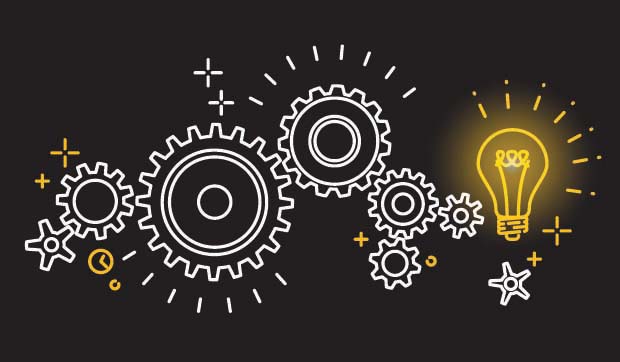
Power of Agency: Voice, Choice, & Student Success
Co-hosts: VP Academic Initiatives, CETL
The Student Success Conference event draws faculty, staff, and students together to share, develop, and implement ideas that can make a difference in the learning and lives of our students.
Co-sponsored by the Vice Provost for Academic Initiatives and the Center for Excellence in Teaching and Learning, this year’s event occurred on April 5, 2023 and focused on The Power of Agency.
2023 Spring RESOURCE MATERIALS
Spring 2023 Student Success Conference Slides (pdf)
2022 Student Success
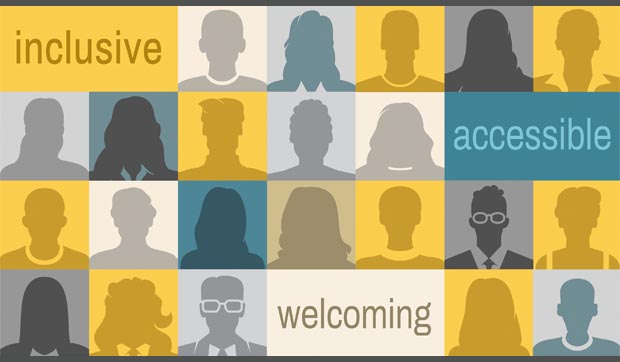
The Student Success Conference seeks not only to identify, but to remove barriers to student success. This year, we will explore strategies for understanding and enhancing accessibility and inclusion on campus, in classes and in life. Leave with a blueprint for change. This is a rare occasion for faculty, staff and students to work together, inclusively, on a critical aspect of our institutional mission.
2022 RESOURCE MATERIALS
2022 Student Success Conference Slides (pdf)
2022 Student Success Conference Prompt Responses (pdf)
|
|
 2021 Student Success 2021 Student Success
Thanks to Covid-19, our annual Student Success Conference went on hiatus last year. However, YOU worked diligently, creatively, and empathetically to make a difference in the learning AND the lives of your students. Your commitment never stopped.
This year, we captured some of that energy and insight and bridged where we were to where we are, with an eye towards something even better next fall. Where the findings from the last Student Success Conference and our experiences this past year converged, we found four critical dimensions we addressed with some intentionality: Clearing the Academic Path, Addressing the Whole Student, Establishing a Sense of Community, and Supporting At Risk Students.
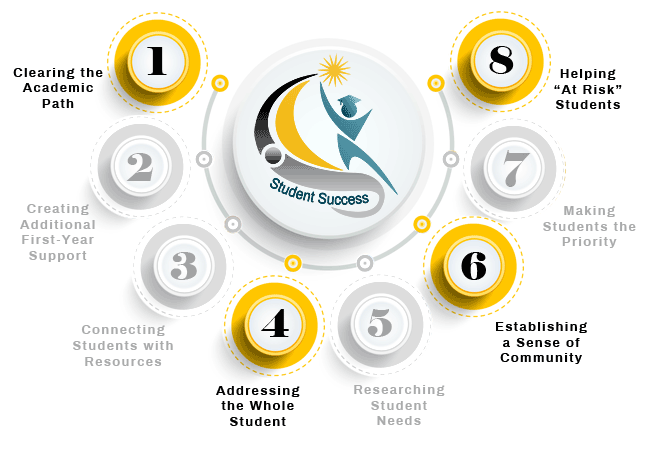
We regrouped virtually on April 28, 2021 from 3:30-5:00pm to address these topics in such a way that we all left with a blueprint for change …and a ton of gratitude.
- We began with a 15-minute opening session on our land grant mission and commitment to improving the learning and lives of our students; then
- FAST (Faculty And Staff Together)-tracked into 15 minute small group sessions on each of the topics listed above to share what we have learned, to gain inspiration, and to walk away with at least one positive action we can take on each topic. Each session was co-facilitated by faculty and staff members with topical expertise and facilitation experience; then
- We concluded with a 15-minute reporting out discussion designed to highlight key take-aways.
We plan to curate all ideas, input, and resources and host them on this page, thusly accomplishing the SSC goal of connecting students –and faculty and staff—with resources.
2021 RESOURCE MATERIALS
|
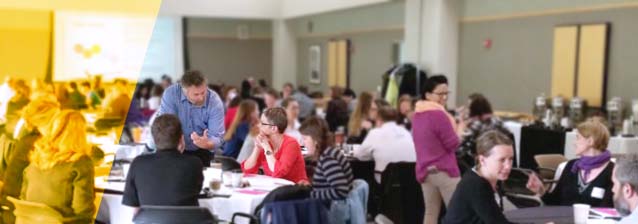
|
2019 Student SuccessExploring the Intersections
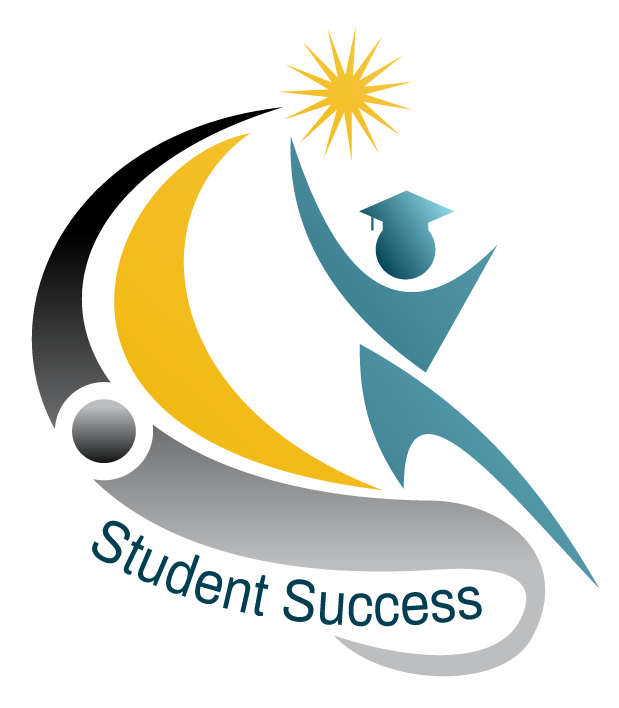 The University of Idaho's second annual Student Success Conference was held on March 27, 2019. The University of Idaho's second annual Student Success Conference was held on March 27, 2019. 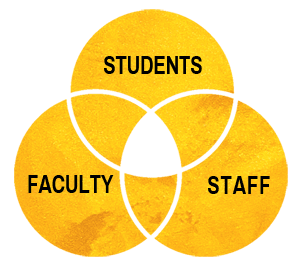 One hundred and twenty-three faculty, staff, and students gathered to discuss points of convergence and divergence in our definitions, contexts, and actions. Concrete strategies designed to enhance student success were discussed. One hundred and twenty-three faculty, staff, and students gathered to discuss points of convergence and divergence in our definitions, contexts, and actions. Concrete strategies designed to enhance student success were discussed.
2019 RESOURCE MATERIALS
|
|
2018 Student Success

The University of Idaho's first annual Student Success Conference was held on May 1, 2018. Eighty-six faculty, staff, and students gathered to discuss and design strategies to advance student success along multiple dimensions. Participants leveraged their expertise in teams, collaborating on innovative approaches to transforming the learning and lives of our students.
The event concluded with each table sharing a diverse array of ideas to enhance student success on campus. Common denominators among the potential solutions were:
- the need to view the university -- and its offerings -- from the student's vantage point
- the need to organize more events that bring faculty, students, and staff together to discuss the many facets of student success
|
|
Faculty Development & Student Success

|
|
2018 RESOURCE MATERIALS
|
Sponsored by the Office of the Provost, Vice Provost for Academic Initiatives, and the Center for Excellence in Teaching and Learning.
|


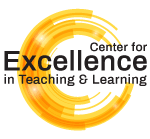















 The University of Idaho's second annual Student Success Conference was held on March 27, 2019.
The University of Idaho's second annual Student Success Conference was held on March 27, 2019.  One hundred and twenty-three faculty, staff, and students gathered to discuss points of convergence and divergence in our definitions, contexts, and actions. Concrete strategies designed to enhance student success were discussed.
One hundred and twenty-three faculty, staff, and students gathered to discuss points of convergence and divergence in our definitions, contexts, and actions. Concrete strategies designed to enhance student success were discussed.
